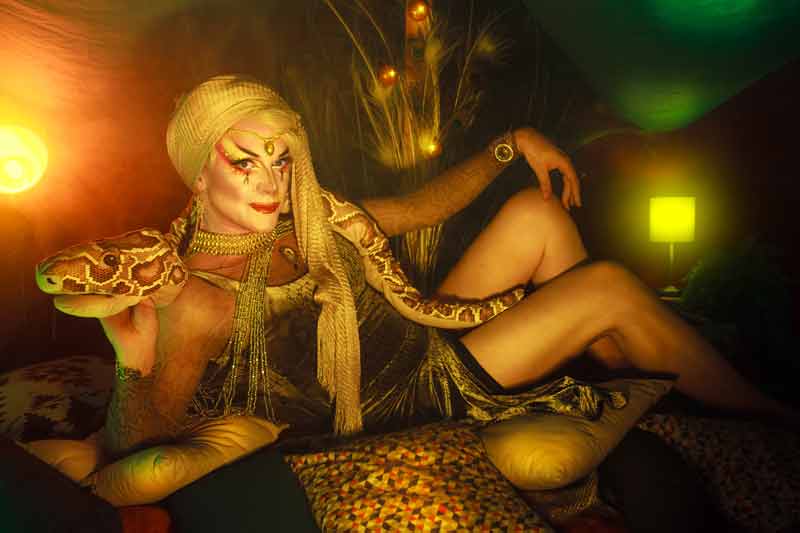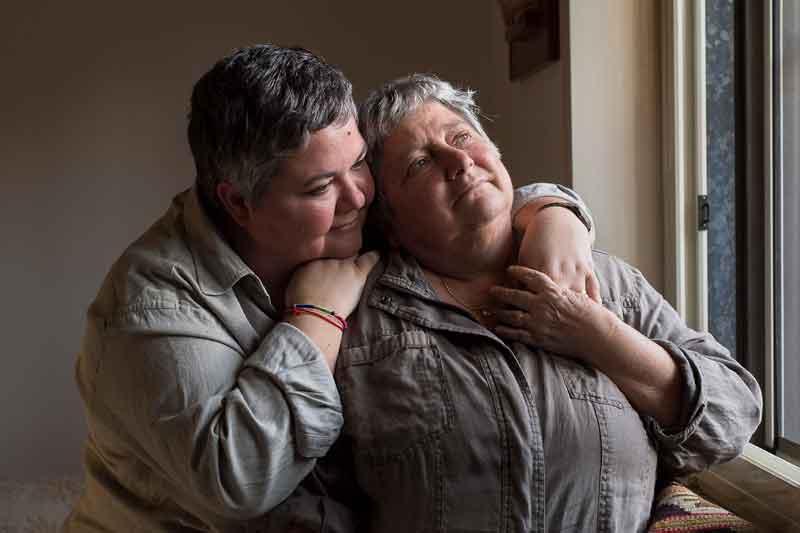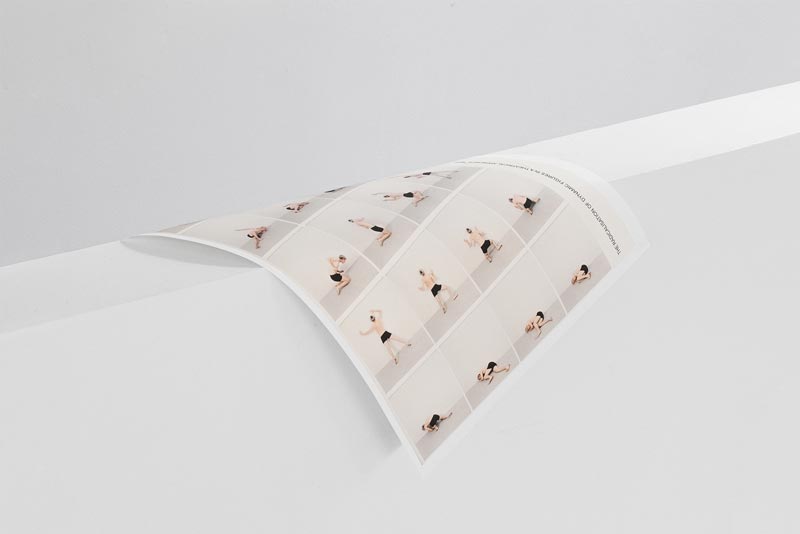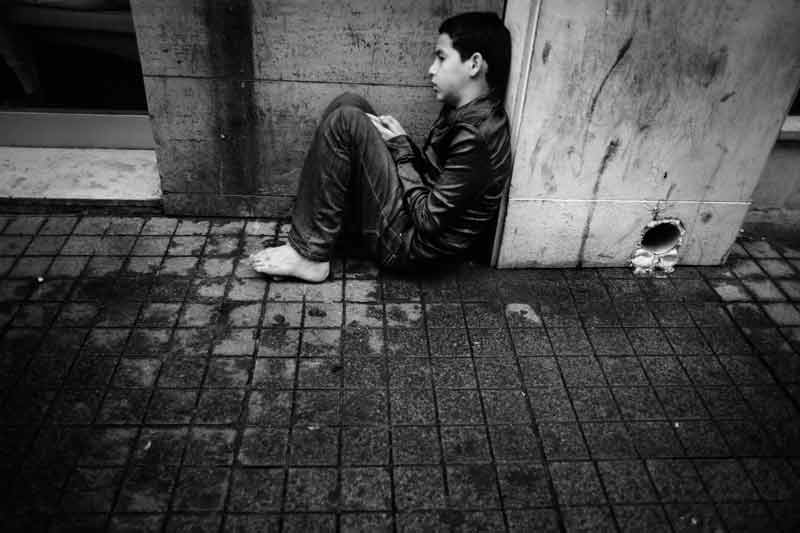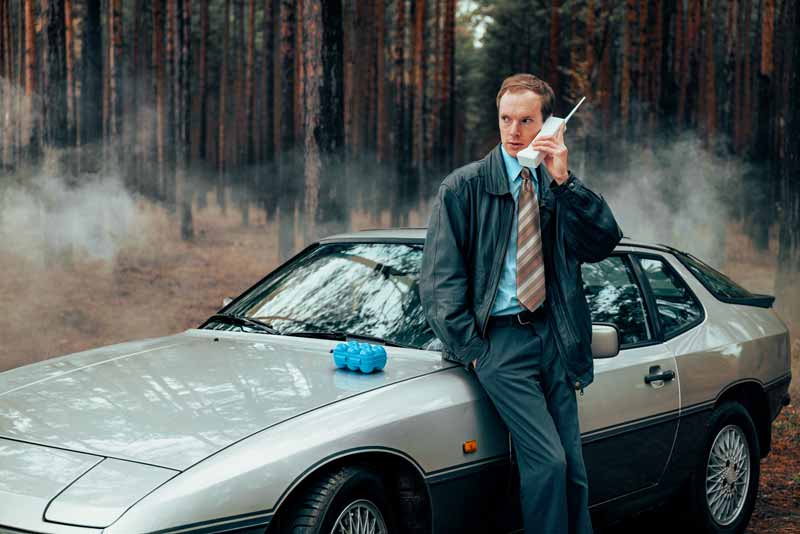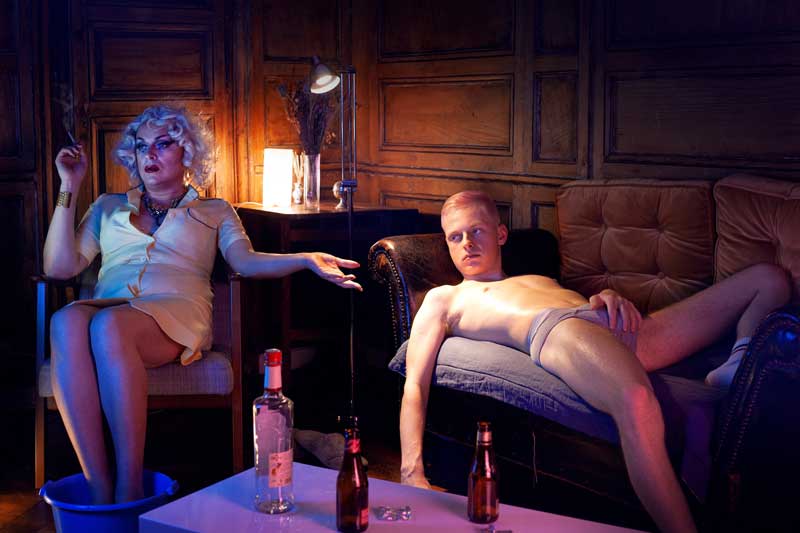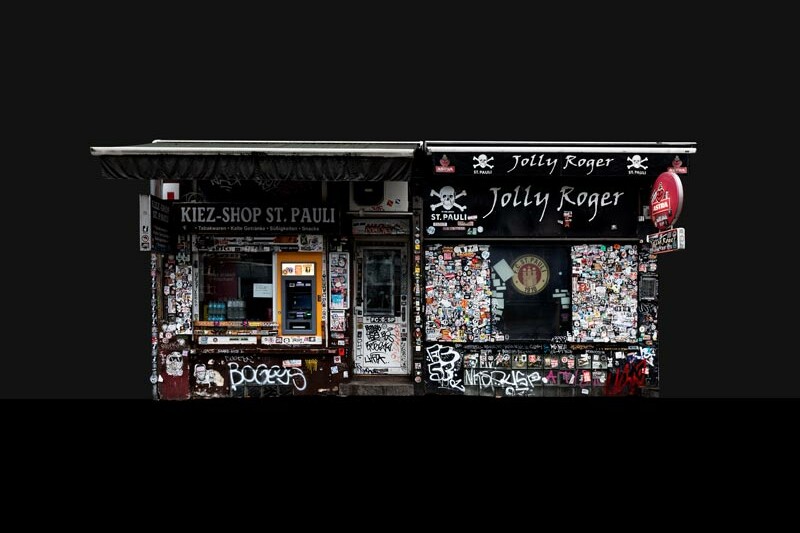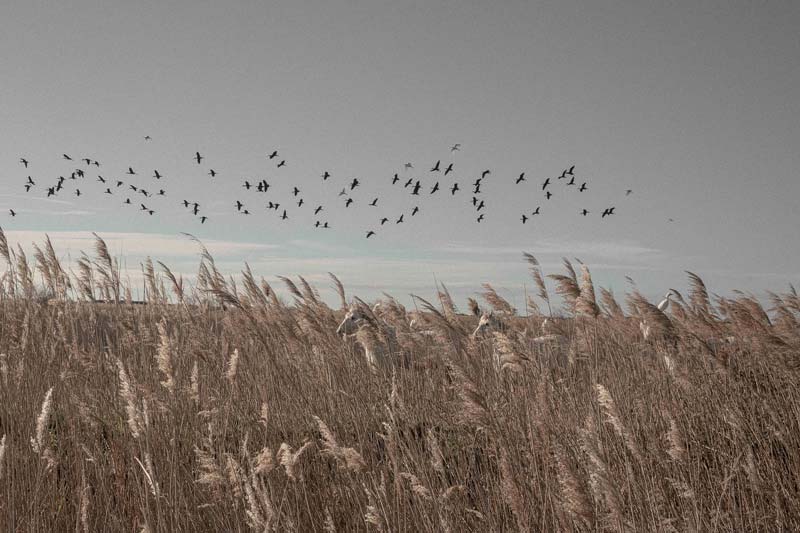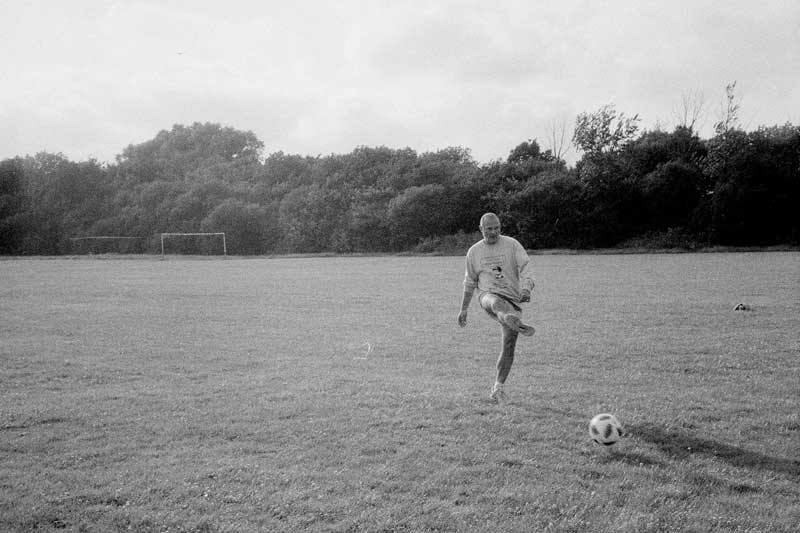Photo series — Melissa Ianniello
My Boy is a Girl
With her photo series, »My Girl is a Boy«, Italian photographer Melissa Ianniello captures the ongoing process of self-determination of her partner Davide who identifies as a trans man. Melissa's work challenges the social construct of love—not least because she, who is a lesbian, suddenly finds herself loving a boy.
19. Mai 2022 — Photography: Melissa Ianniello, Text: Melissa Ianniello & Chiara Pirra
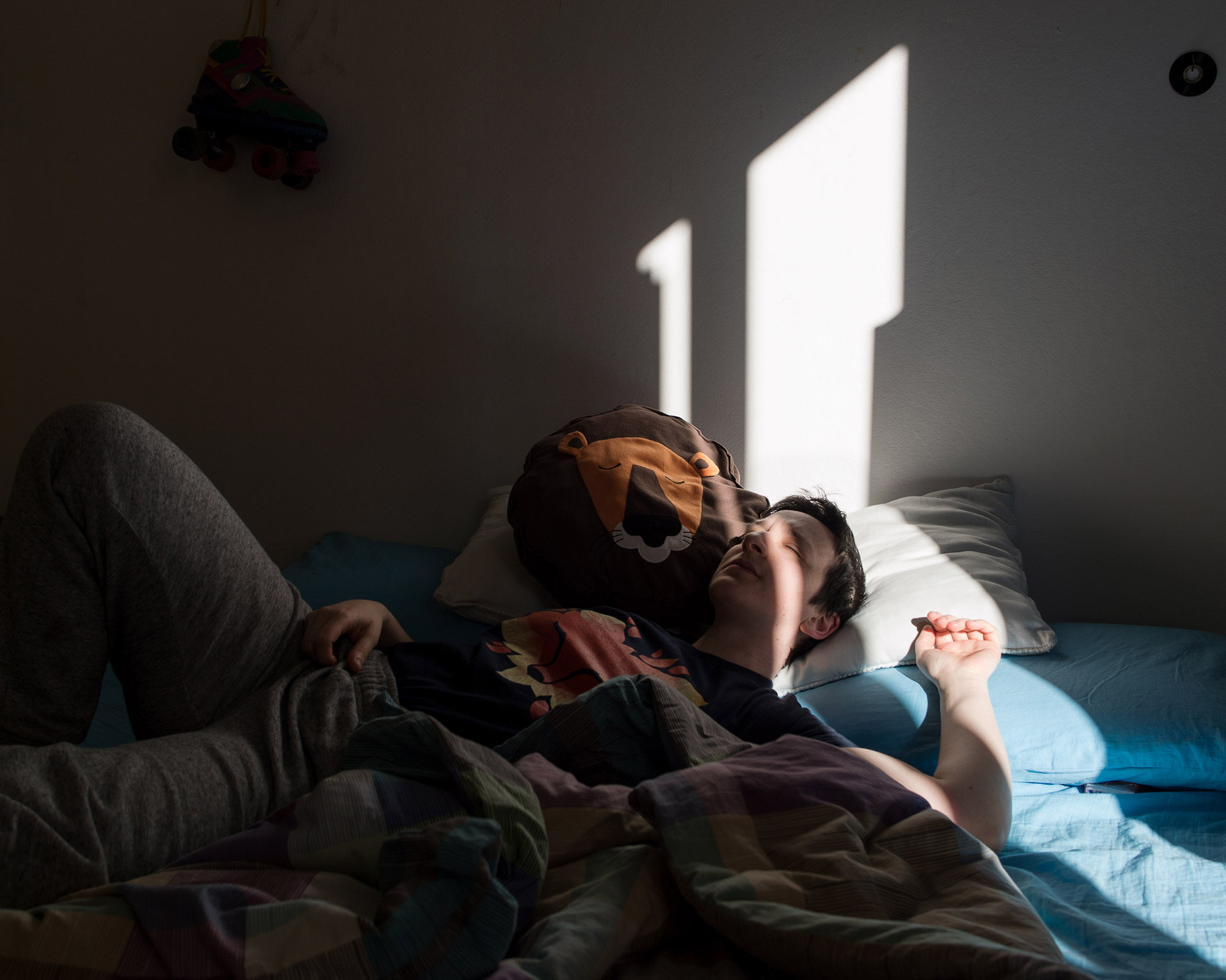
“My Girl is a Boy” is a photo series about Davide, a trans boy, shot as our common love story is ending up. As a trans person, when your appearance is still corresponding to the sex you were assigned at birth, society automatically identifies you with that sex, without respecting the self-determination of your gender identity. As long as Davide does not look canonically masculine, society will continue to identify him as a girl. But for him, society isn’t needed to confirm his identity: He is and always has been a boy.
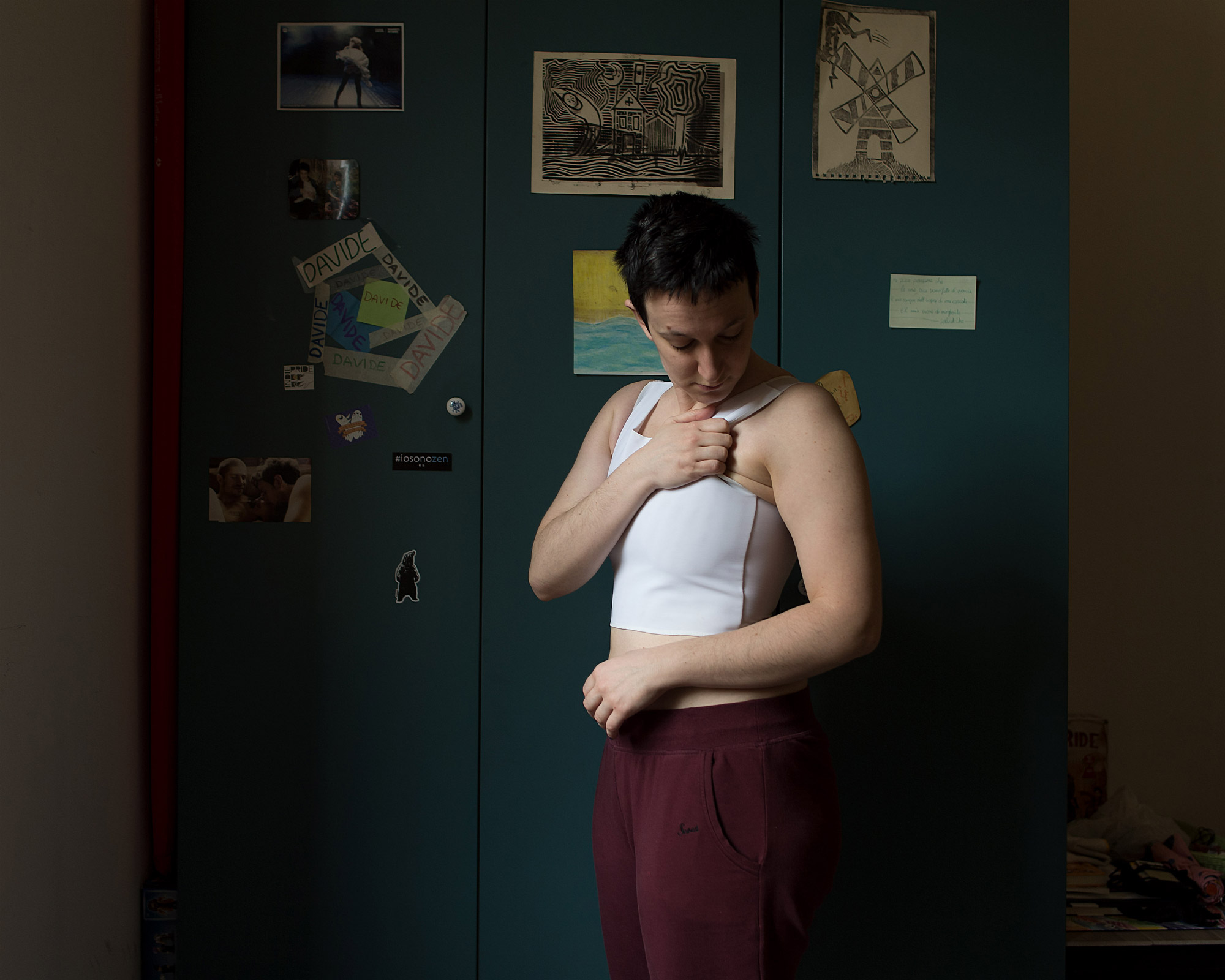
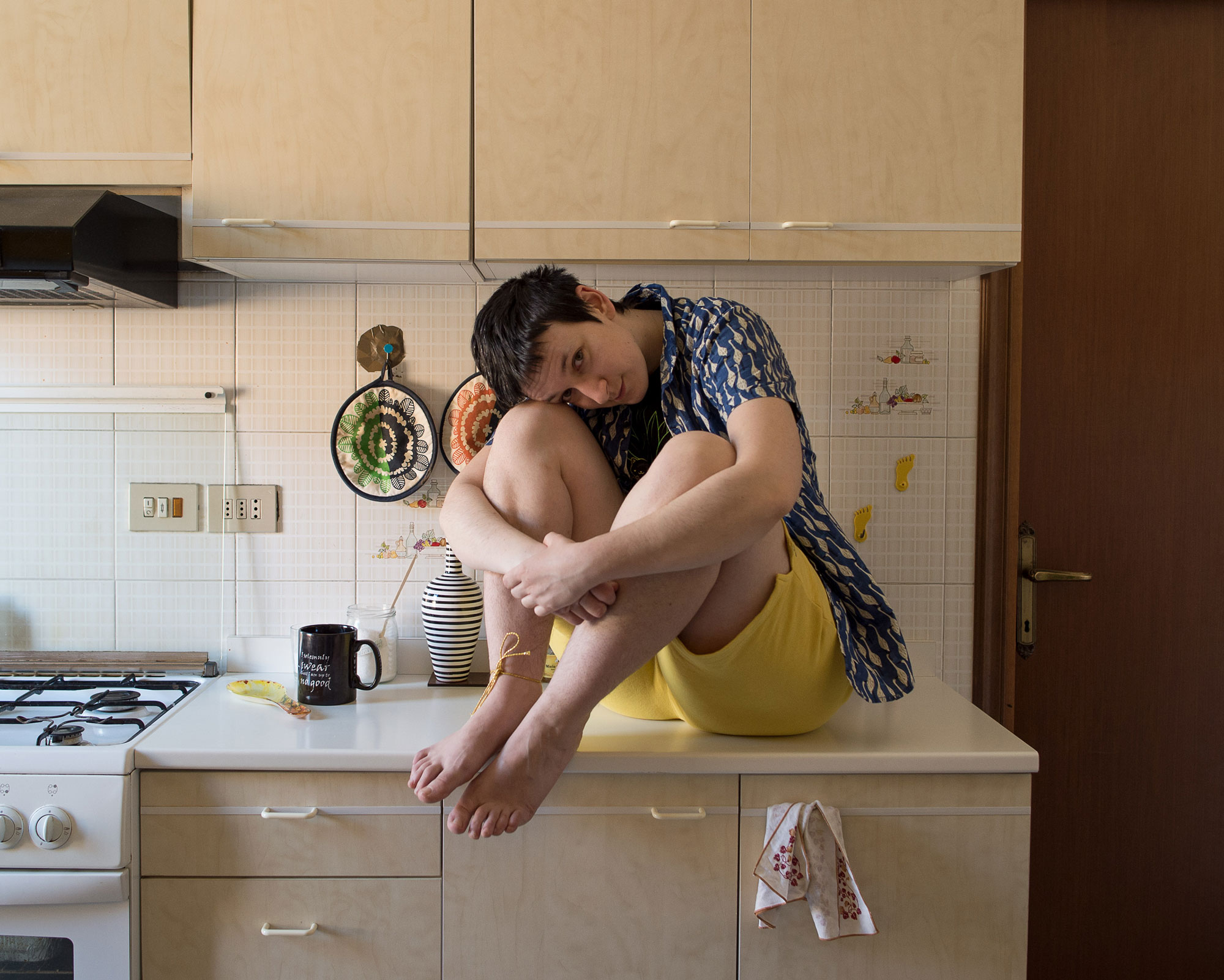
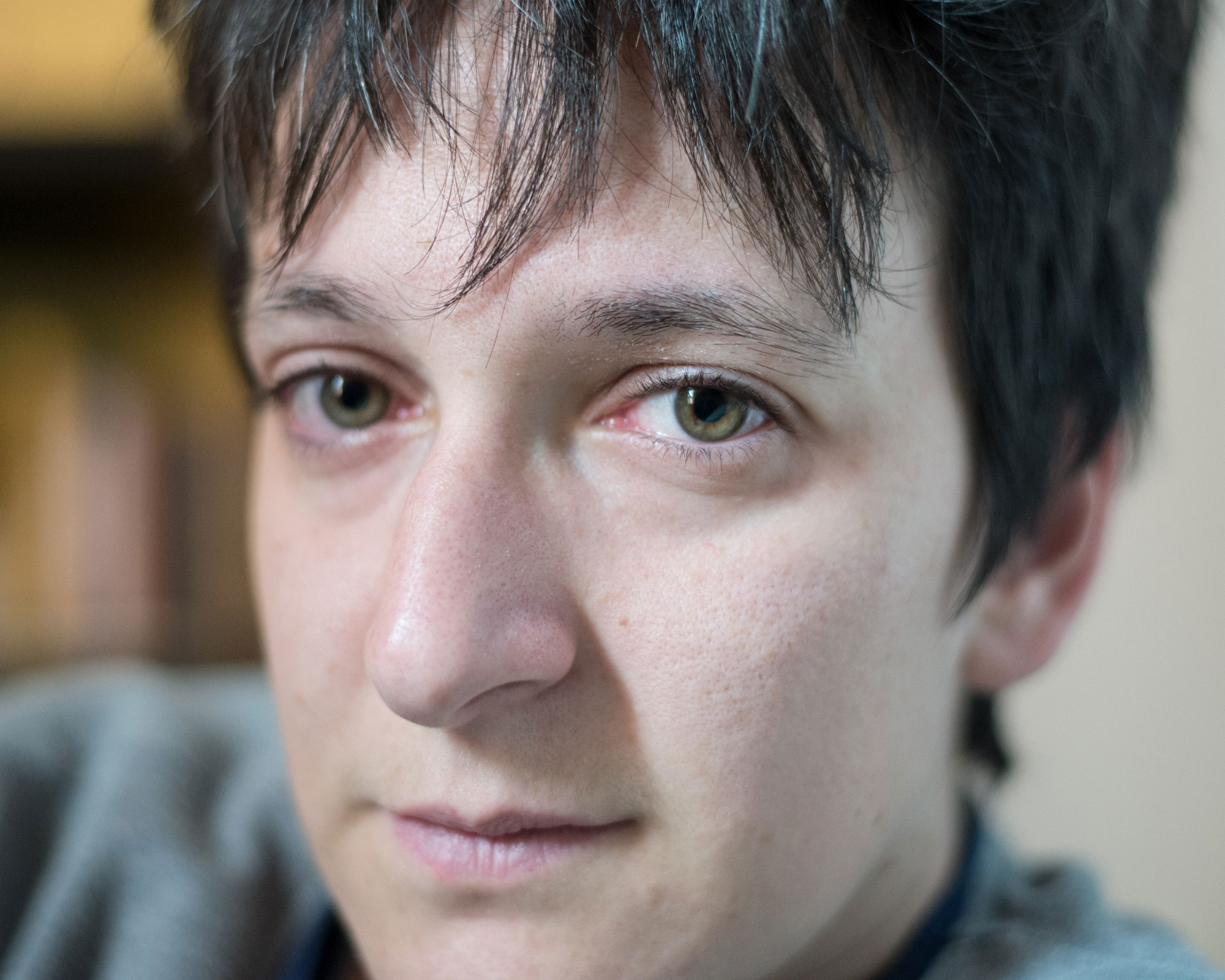
Hence the title, which can also be read in another, complementary sense, ironically highlights the fact that labels often collapse in the face of the complexity of real life, in a short-circuit of the system with which we perceive love: Me who is a lesbian and my girlfriend who is in fact a boy.
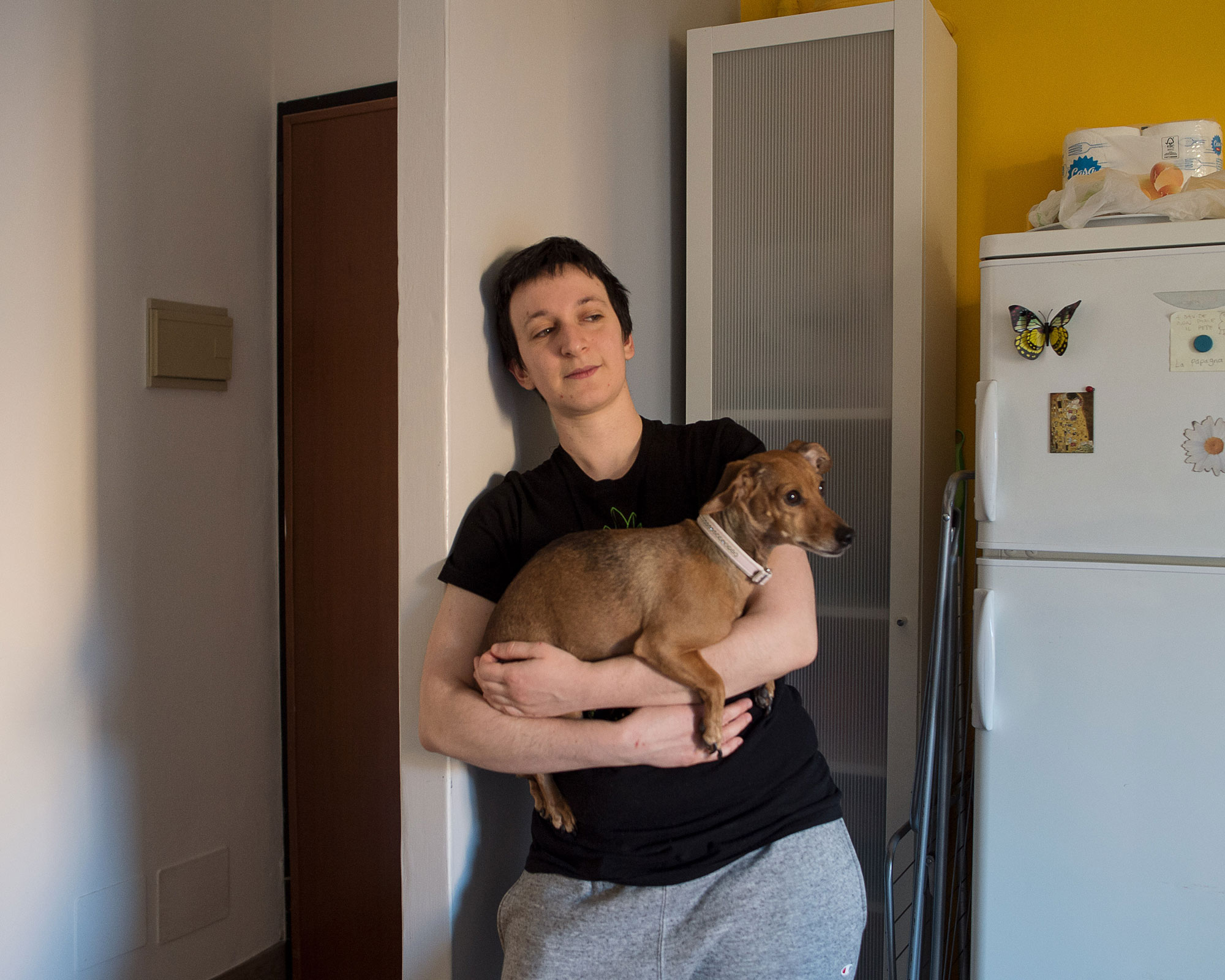
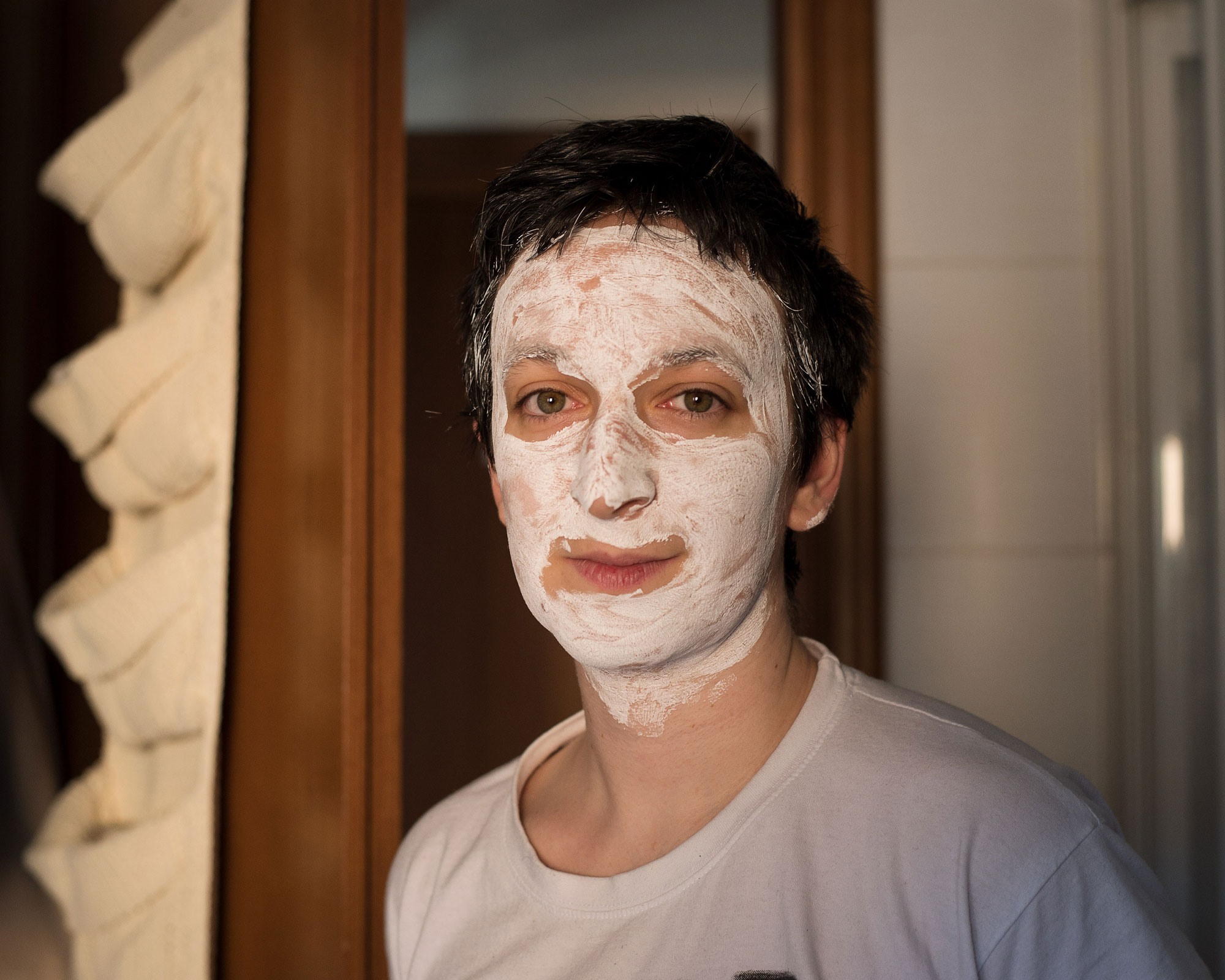
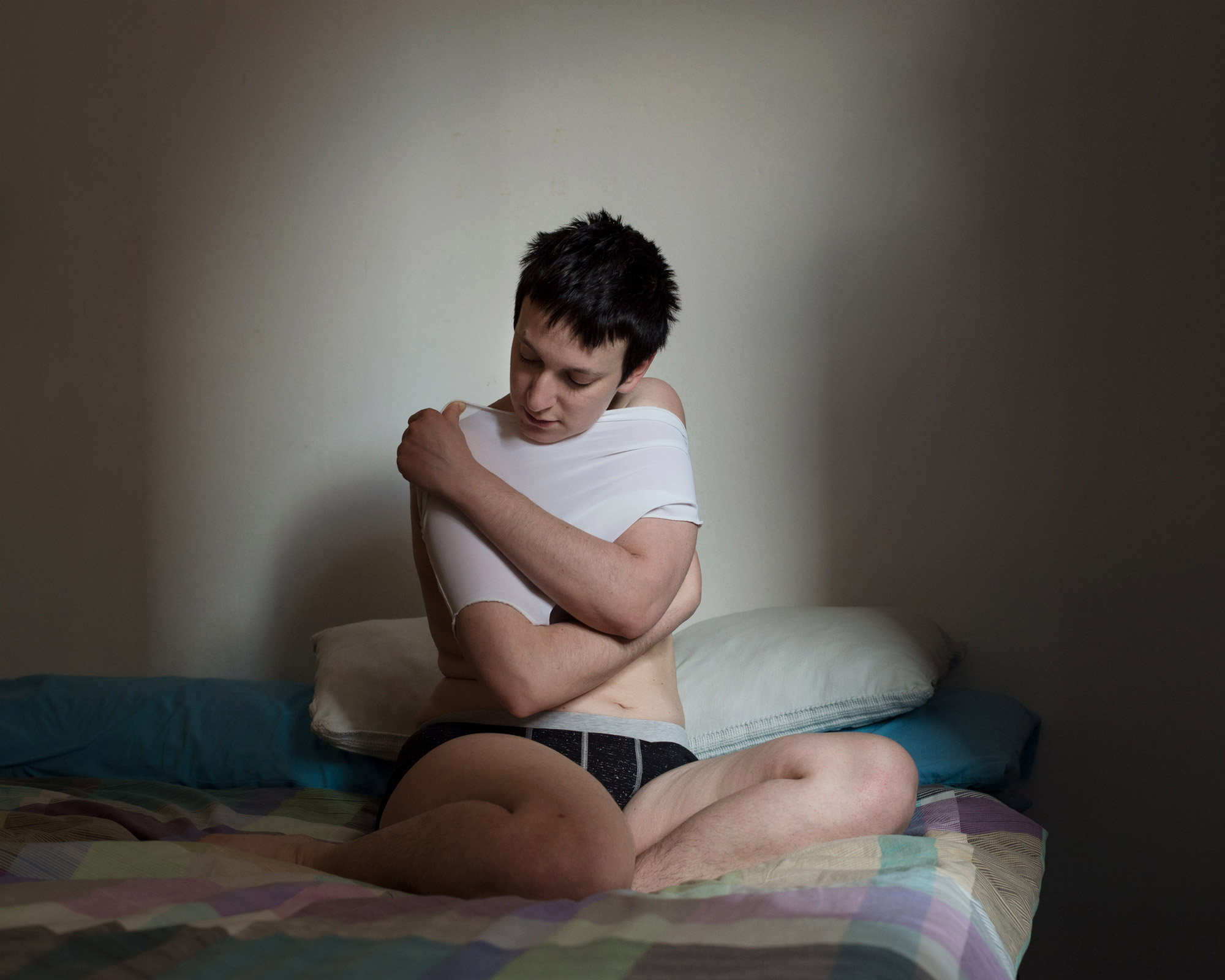
Davide who re-discovers and recognizes himself is in the midst of his self-determination—an identity regeneration that I observe. I am convinced that I am continuing the path with him, but it slowly becomes clear that our roads are separating: Sometimes it is not enough to love each other in order to stay together.


This may seem bitter. But actually, it is only the prelude to a new beginning: “My Girl is a Boy” thus becomes a manifesto for love, an anthem to the freedom of loving oneself. Because only by loving yourself and allowing others to love themselves for who they are, can we love someone.
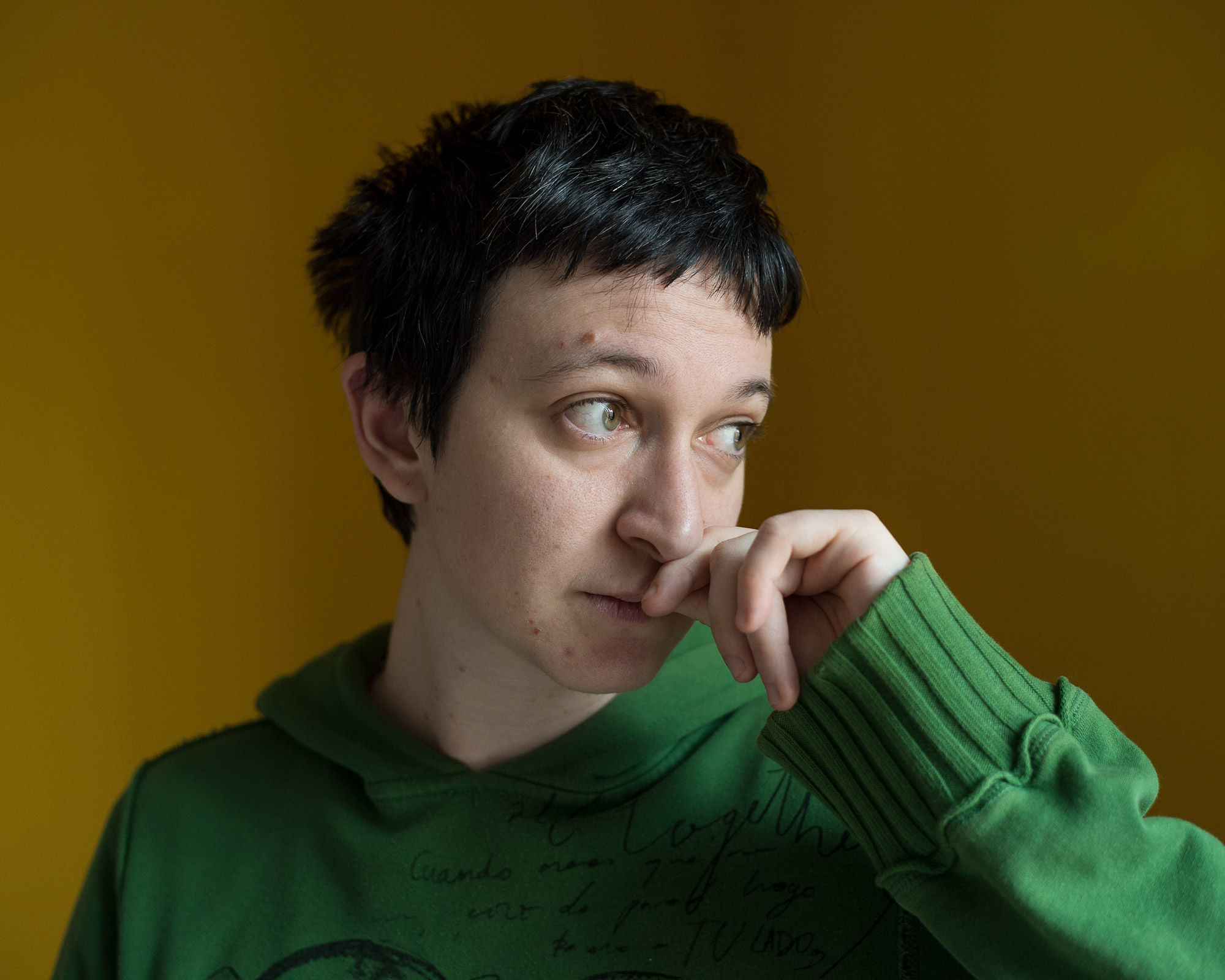
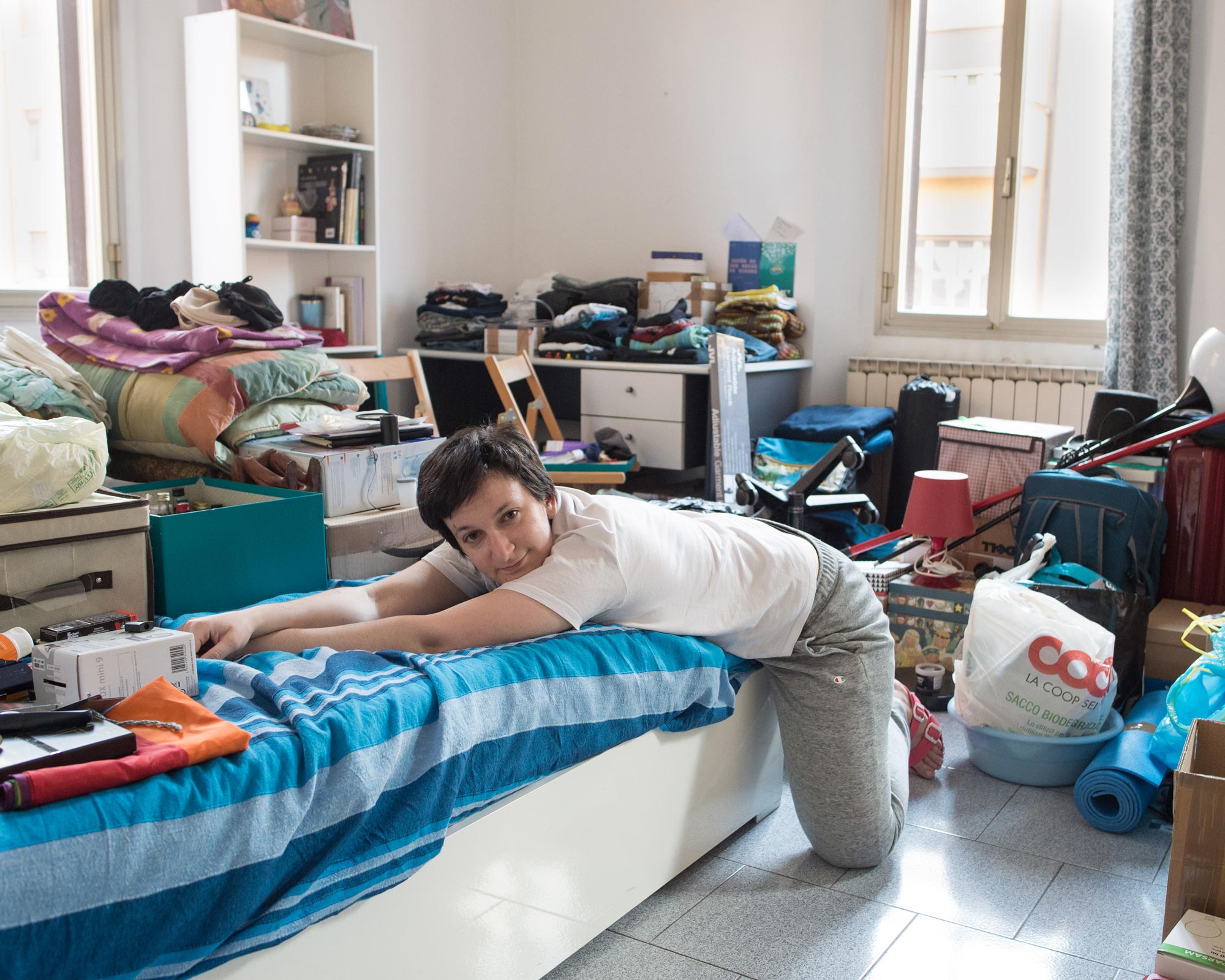
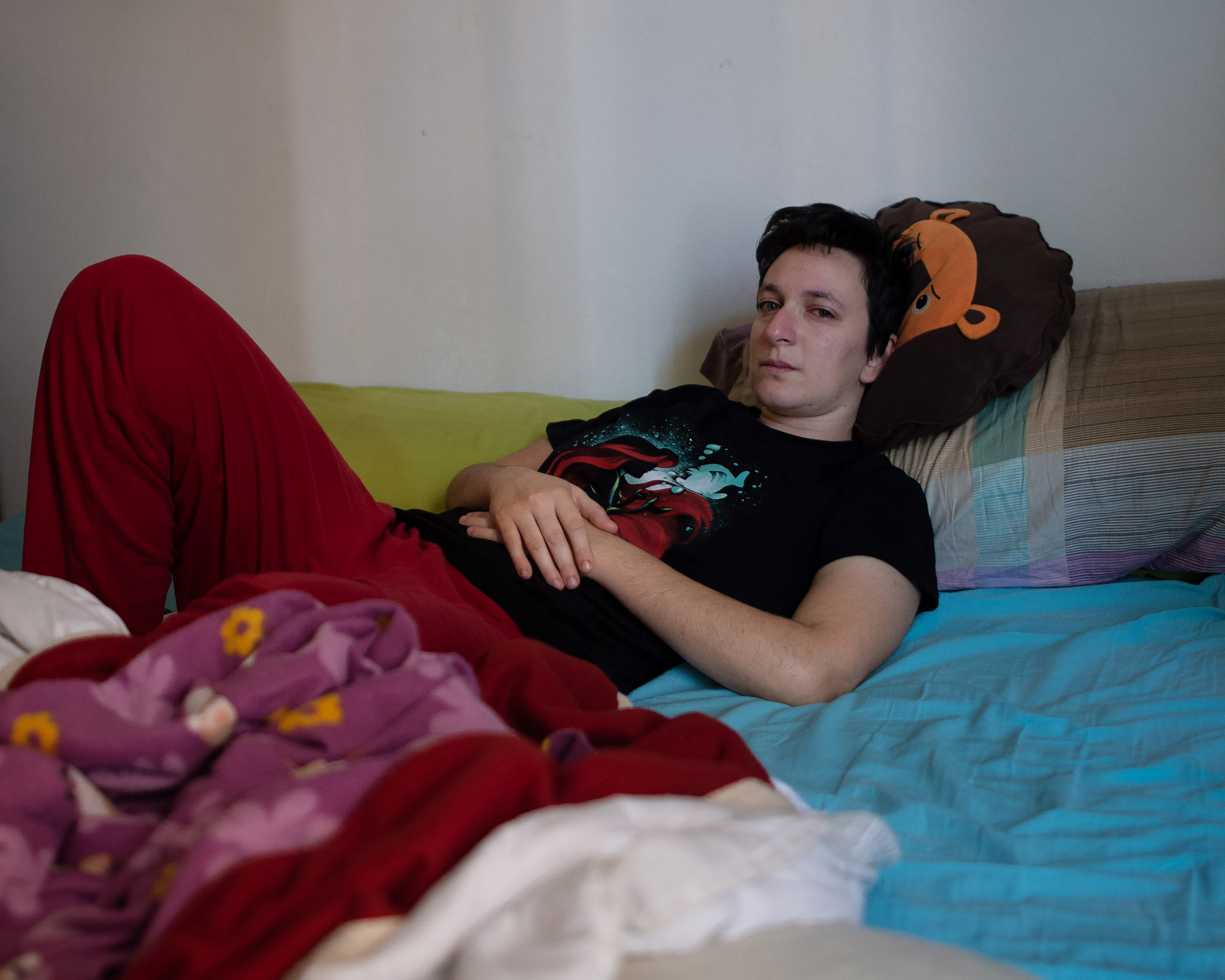
Erroneously we tend to think that love is something that ties two people together eternally to make them complete of all the missing parts, like Plato’s Symposium. But Davide’s story teaches us that eternal love can be reached by accepting ourselves as a whole being made up of all our dualisms, which are complementary: to expose ourselves and hide; the masculine and the feminine; joy and pain; the relationship between love and suffering for ourselves; the need to close up and open up to the outside; to step into the light and disappear at the same time. The perfect precarious balance of all these parts—this is love.

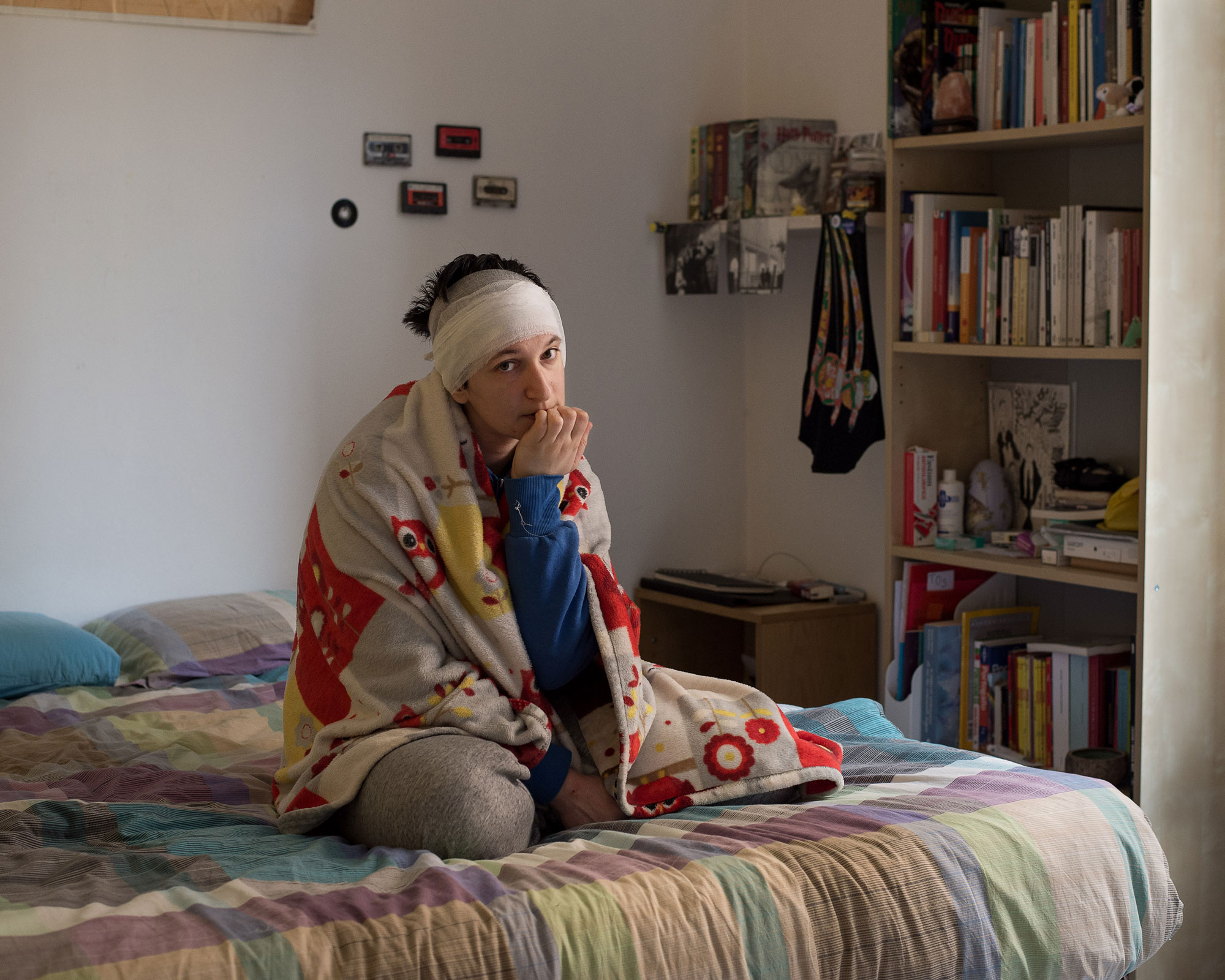

Photography & text: Melissa Ianniello
Text: Chiara Pirra
